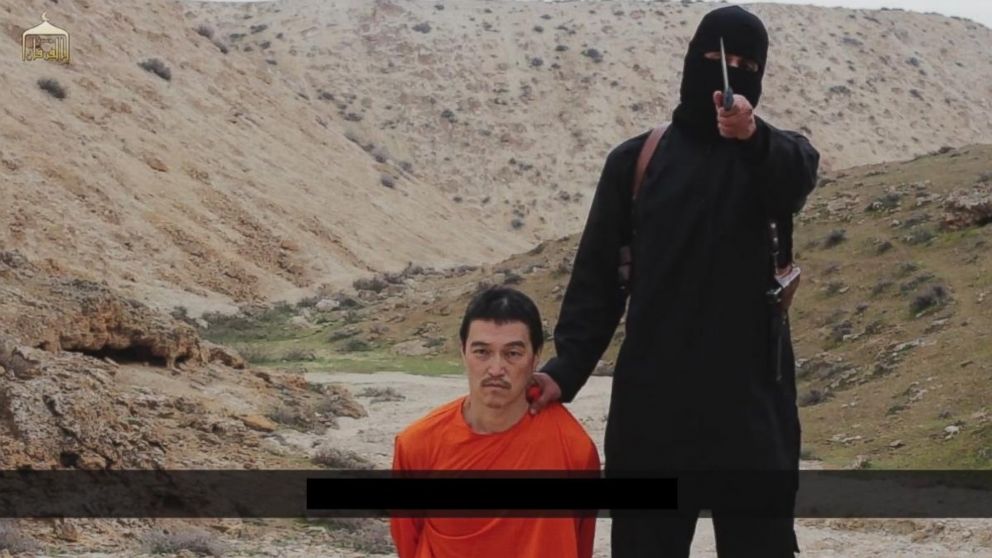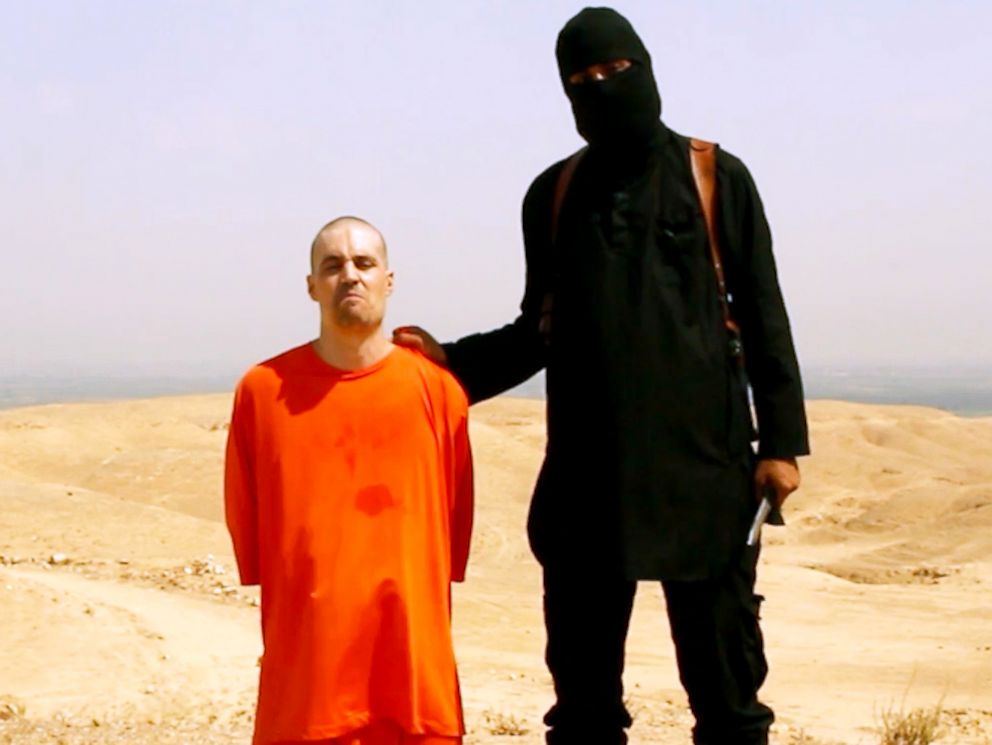ISIS Hostages Likely Faced Mock Executions Before Beheadings, Officials Say
Officials: Staged executions could explain hostages' relative calm in videos.
WASHINGTON— -- After scrutinizing intelligence and every frame of videos featuring high-profile ISIS hostages, many counter-terrorism analysts and experts have concluded that some captives appeared compliant before being killed because they had already faced repeated mock executions on camera, current and former counter-terrorism officials told ABC News.
The staged executions were possibly made under the guise of an effort to scare their families and governments into meeting the terrorists' demands, the sources said.
Since ISIS slaughtered Japanese journalist Kenji Goto in a video released Saturday -- its seventh high-profile hostage beheaded -- government analysts have been looking for clues in the images about the location of other hostages and the British spokesman called "Jihadi John," who has presented himself as each victim's executioner wielding a notched blade, officials said.
But if Jihadi John did kill any hostages it may not have been on camera, as ISIS would have the public believe, according to the current and former officials familiar with the long investigation of the group's complex kidnapping and ransom operations.

Many analysts and investigators have assessed, based in part on some freed hostages' debriefings and also on intelligence collection, that the seven ISIS killings were likely perpetrated off camera, after hostages were subjected to repeated staged executions before lights and cameras set up in the desert just south of the ISIS stronghold in the city of Raqqa.
The captives may have become conditioned to being returned to their cells after making the terrifying videos, which are not believed to have ever been sent to their families.
"The point was to eventually have compliant hostages on camera," said one counter-terrorism official.
This was suspected in August when officials involved in hostage response saw the first ISIS video with American journalist James Foley, whose cooperation appeared to be because he'd been marched out previously to videotape messages about his possible death if a whopping $130 million ransom demand by ISIS sent to his family wasn't paid.
"That was the assessment of why Foley was so compliant," a former law enforcement official close to the case told ABC News.

Foley may have been forced in front of ISIS's cameras many times before he was shown beheaded on the desert floor in light that indicated a different time of day, the current and former officials said.
Another indication the executions were carried out off camera is that Jihadi John has never drawn blood despite being shown a half-dozen times crossing his blade across the neck of a Western or Japanese hostage -- even when he has delivered as many as eight strokes with his large combat knife. Each time, the screen darkens just as he begins to cut and then jumps to a scene with the victim's head atop their body.
"The fade to black is a telling sign," a senior counter-terrorism official told ABC News, concurring with the other current and former officials.
One exception was a video released on Nov. 16. In that footage, Jihad John, along with a group of ISIS fighters, beheaded Syrian troops in a cinematic slaughter in which each killer's knife immediately spills blood with the first stroke until the horrific job was completed.




